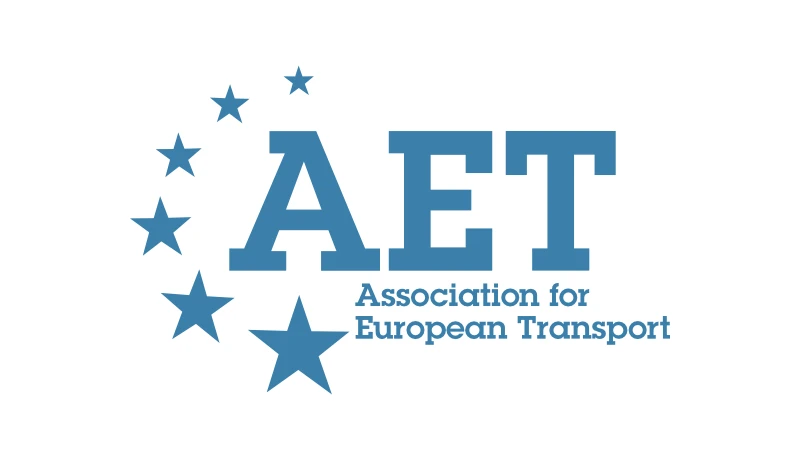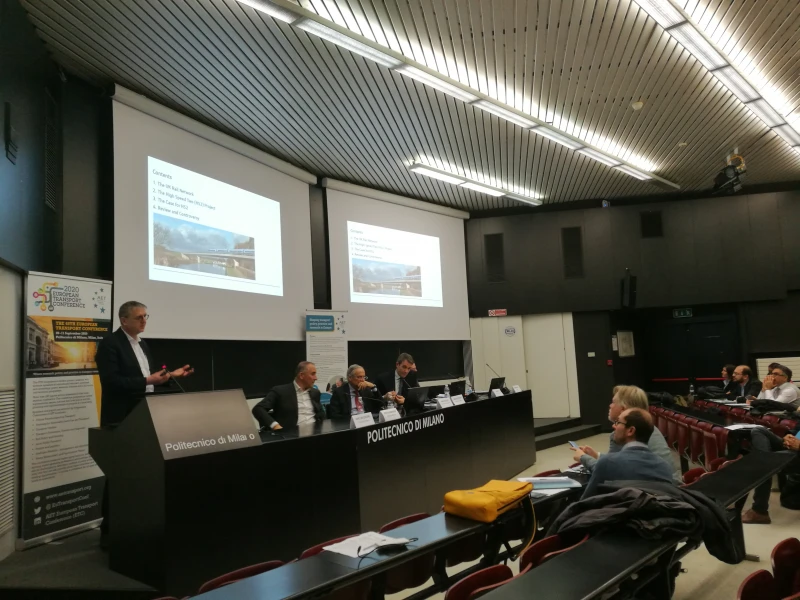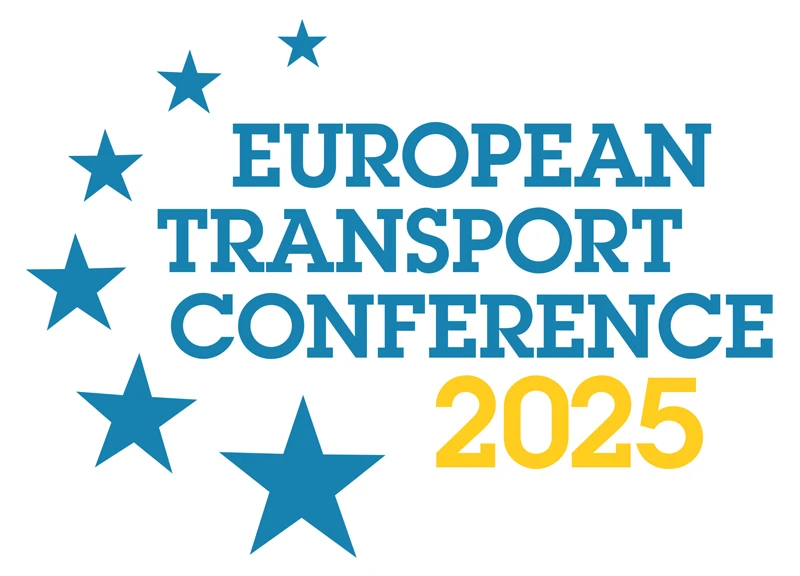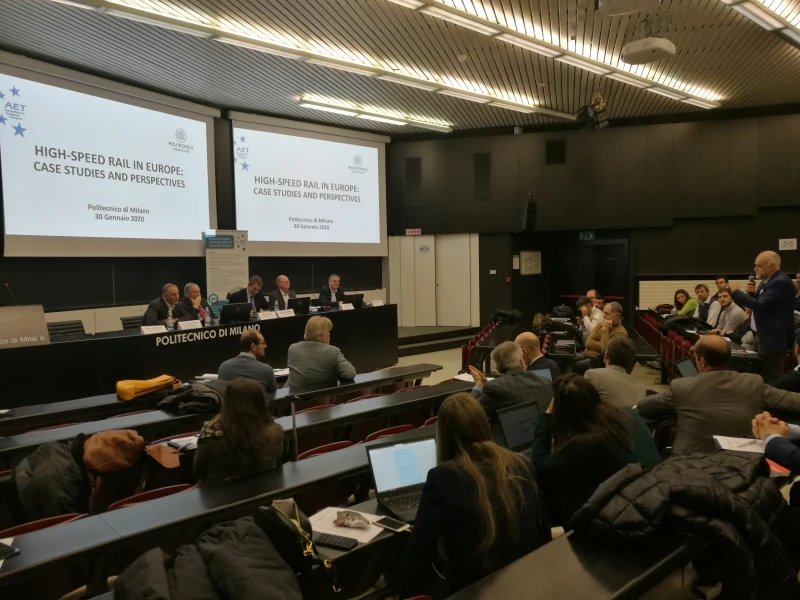-
Past ETC Papers
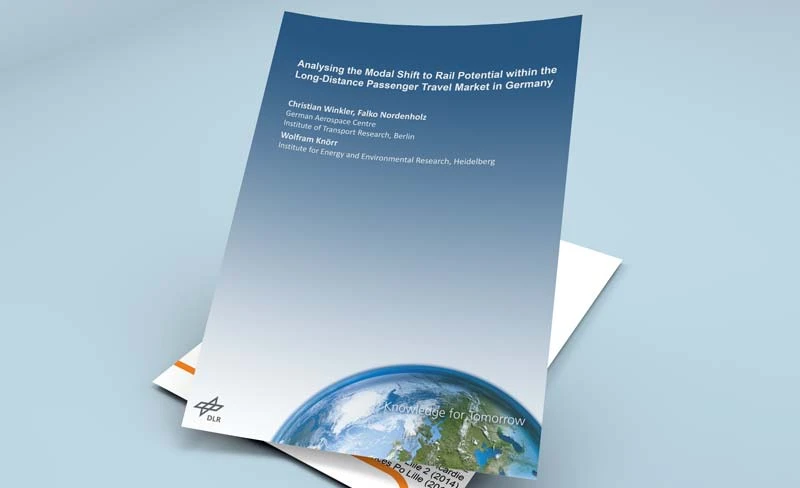
Browse, search and view papers from the past AET Conferences.
-
Members' Area
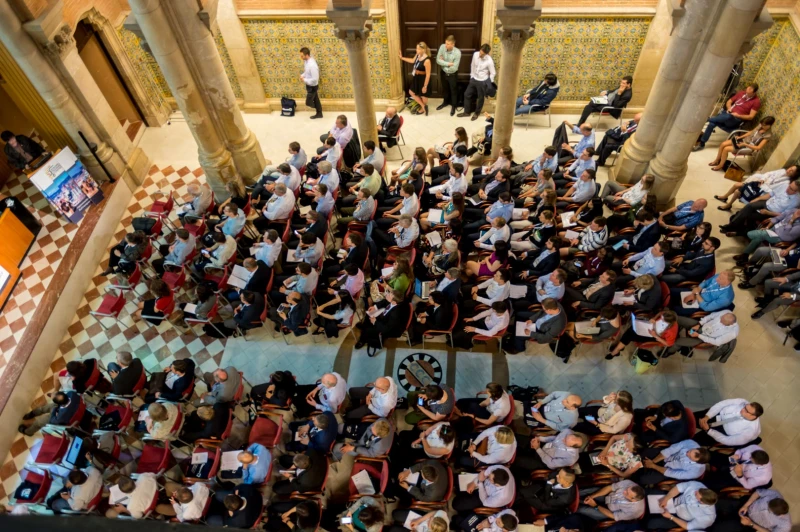
AET promotes networking and exchange of ideas, information and opportunities amongst members.
Conference Papers 2017
Barcelona, Spain
ETC Conference Papers 2017
OPPORTUNITY CHARGING OF BUSES. EFFECTS ON BUS OPERATOR COSTS AND USER PERFORMANCE
Seminar
Day 1 (4 Oct 2017), Session 2, Innovation in Barcelona, 15:00 - 16:30
Status
Accepted, documents submitted
Submitted by / Abstract owner
Josep Mension
Authors
Miquel Angel Estrada, UPC Barcelona TECH, Josep Mension, TMB, Transports Metropolitans De Barcelona
Short abstract
The aim of this paper is to analyse the effect of the opportunity charging constraints on the operation of bus services.
Abstract
Transit systems are a key strategy to reduce the use of private cars and mitigate congestion episodes in major cities. Transit networks can be operated by different kinds of transit technology (Bus, BRT, LRT or Subways). In recent years, the deployment of high performance bus systems (HPB) has provided competitive user travel times, comparable to Light Rail Transit Systems, at reasonable capital expenditures. However, there is already a pending issue to be addressed. As Subways and Light rail transit systems take the energy to move the rolling stock from electric power plants, the vast majority of HPB vehicles are powered by internal combustion or hybrid engines. Therefore, these bus systems are responsible for the emission of a huge quantity of pollutants that contributed to the global warming problem (GHG) or worsened the health of the citizens in metropolitan areas. In order to tackle this problem, the European Union are fostering the deployment of electric bus vehicles in the operation of European cities. Hence, the implementation of these electric buses, will contribute in the reduction of the fossil fuel consumption, carbon dioxide (CO2) emissions and local air pollution, by improving energy efficiency.
Those standard buses (12 meters long) operating routes during a daily shift of 12 hours or less can be charged at bus garage (depot) at the end of the service. This slow charging operation takes 2-5 hours and does not have any effect on the user performance and does not imply further vehicles. However, for those bus routes requiring articulated buses or 12 hours or more of continuous service, the bus batteries should be charged during the service. This operation is known as opportunity charging. It consists of an on-street fast-charging operation of bus batteries and present two available schemes: (i) charging at ending / starting bus stops in each line direction and (ii) charging at intermediate stops of the bus route. The former scheme will maintain the in-vehicle travel time, but the time spent at ending stops (lay-over time plus slacks) is usually higher than the conventional diesel-engine powered vehicles. This fact causes that bus operator would need additional vehicles to operate the bus route at the desired headway. Additionally, when the required charging time is greater than the target headway, we would perform charging operations with multiple charging points in tandem or in parallel at the end of the route. This operating requirement is usually incompatible with the limited public space in urban areas. The latter scheme may increase both in-vehicle travel time and fleet size if the charging operation is made at stops with low passenger boarding rates.
The aim of this paper is to analyse the effect of the opportunity charging constraints on the operation of bus services. The total number of resources (vehicles and chargers) as well as the travel time of users is assessed by an analytical model that resembles the bus operation for each electric charging scheme. This model is also able to estimate the corresponding operating variables for diesel buses. The aforementioned variables are translated into a monetary value in order to estimate the total cost of the bus system (in Euros per hour of service). The best bus technology is therefore found identifying the lowest value of the total system cost variable.
The effects of opportunity charging have been estimated on the bus route H6 and H16 in Barcelona. The opportunity charging at the ending stops results to be the optimal charging scheme. It also implies a total cost reduction of 4,000 Euros/day, in comparison with diesel engine technology. This opportunity charging implies one additional vehicle due to the additional time spent at ending stops. Under perfect regularity, if the unit consumption rate is lower than 2.5kWh/km, the deployment of 1 charging station at each ending stop (1-1) is enough to guarantee the operation at the desired headway. However, if the energy consumption factor is greater than this threshold, the bus operator will need the 2-2 configuration (two servers at each stop). Nevertheless, if we consider the real time headway adherence of buses, the 1-1 configuration is not able to guarantee the dispatching of buses at the target time headway. In those cases, we need to deploy 2 chargers at each ending stop. The main conclusion is that bus regularity should be controlled in order to minimize the extra-cost caused by the electrification of buses.
Documents:

Association For
European Transport
Forester House
Doctors Lane
Henley-in-Arden
Warwickshire, UK
B95 5AW
+44 (0) 15 64 793552
VAT number: 710 1866 64
Conference Supporters & Endorsers




Legal Entity
The Association for European Transport is registered as an Association ('vereniging') with the Chamber of Commerce for Haaglanden in The Netherlands under company number 27170096.
Built on Zenario

